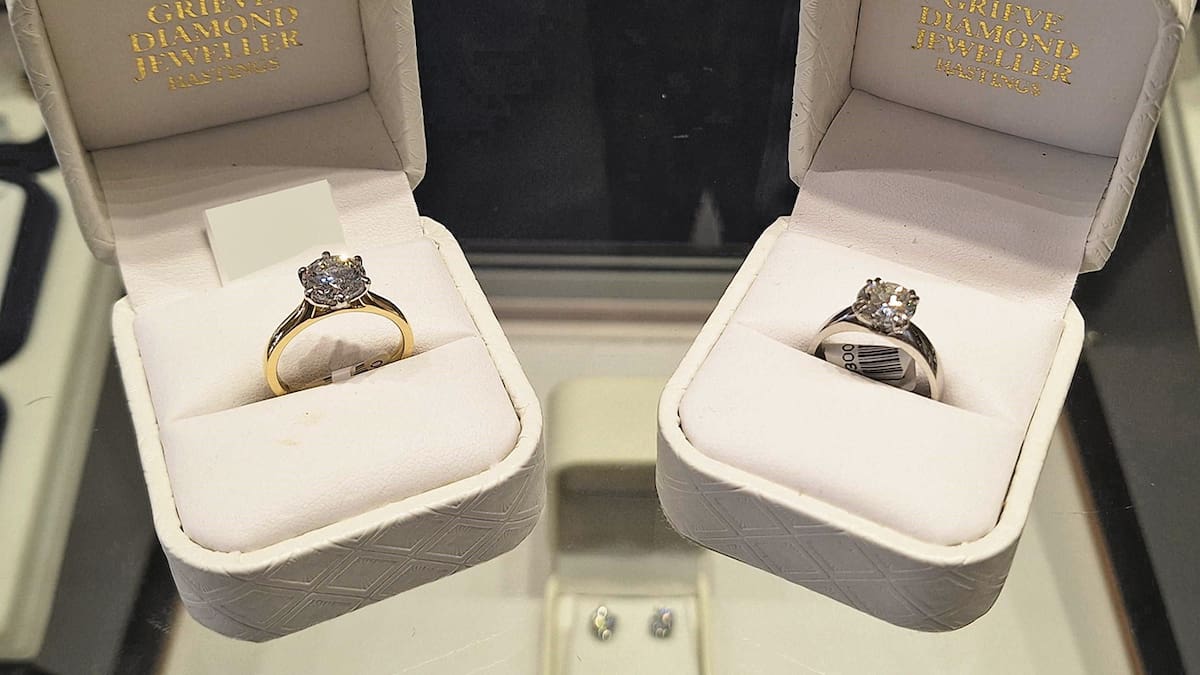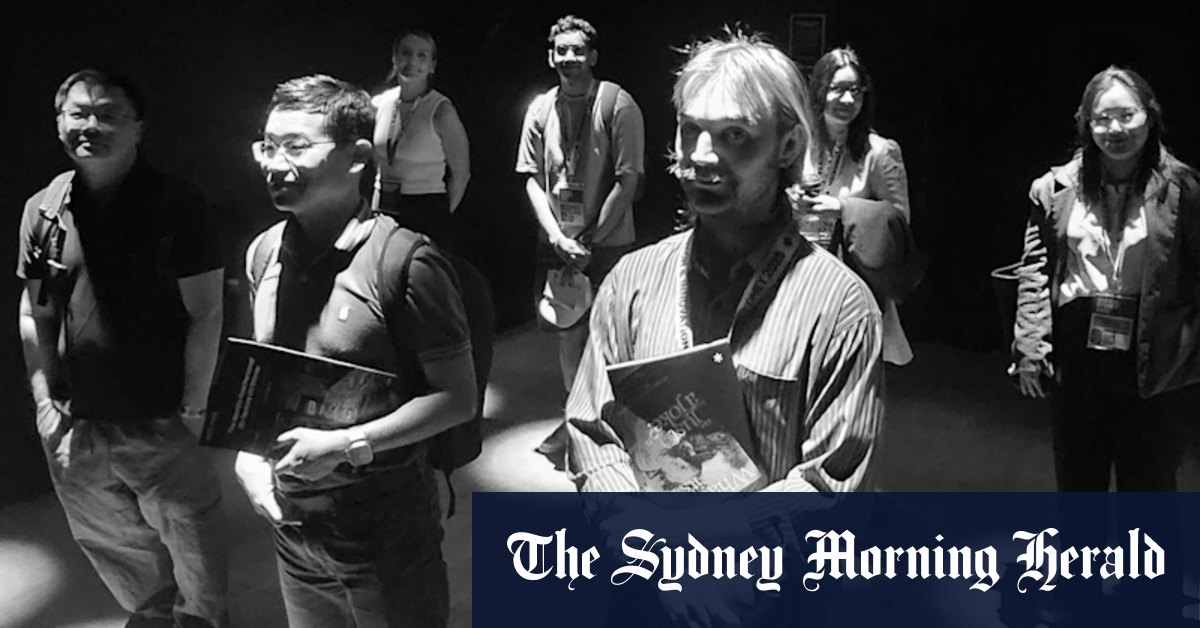Grieve Diamond Jeweller knows all about fitting the right piece of jewellery with the right person and crafting a one-of-a-kind piece. It’s been doing so in the same Hastings location since 1934.
And the trend of lab-grown diamonds is something the manager of the store James Griffiths said has gripped Hawke’s Bay consumers in the past year.
“People started coming in specifically asking for lab diamonds – it’s not just a suggestion anymore,” Griffiths said.
He said he had witnessed how an ethical decision to purchase a lab diamond had now transformed into a desire to make a price-conscious choice.
“I don’t think many people are coming in here and saying, ‘I want a lab diamond because they are digging a big hole in the ground’. They’re coming in because, ‘I’m going to get this big thing for a lot cheaper’.”

Griffiths said they were at the top of his mind during a recent trip to Hong Kong to buy gems, pearls and diamonds.
He said the jewellery fair he attended was as one might imagine – a big building filled with stalls of sellers offering up a perfect stone for what he hoped would be a perfect price.
“Suppliers of anything you can think of in jewellery are there from around the world – you name it, it’s there, from diamonds to fashion jewellery.”
Griffiths said he still favoured a natural diamond over a “man-made product”, based on a technicality between the two.
“One has taken millions of years to make compared with something that has taken a few weeks to make.”
Griffiths said he could see why the consumer’s preference had shifted – spending less money, but still retaining the desirable characteristic of a big stone.
In his shop are two relatively similar diamond rings, one natural and one man-made. The lab-grown diamond is being sold for $9995 and the mined diamond for $59,000.
McClurgs’ warning – an oversupply is coming
In Napier, McClurgs has also seen an increase in the market for lab diamonds.

Having made and sold jewellery since 1914, the McClurg family have seen their fair share of trends, but none like lab-grown diamonds.
To celebrate the 110-year milestone, director Hamish McClurg says McClurgs is releasing an engagement ring collection in November inspired by the natural landscapes of Hawke’s Bay.
The jewellers have taken inspiration from locations such as Te Mata Peak, Bare Island and Waimārama, Ocean Beach, and Mahia.
“We have tried to use traditional methods of craftsmanship with modern and classic designs.”
He said the rings could be made to order with either a lab diamond or a natural diamond.
“We understand there is a difference between the two and we would like to offer that depending on people’s preference.”
McClurg said the lab diamond trend had “taken off”, which he attributed to the flexibility it provided, along with the ability to design a bespoke piece of jewellery.
He said despite the rise in popularity, the man-made and mass-produced diamond could potentially lose value.
“We are currently forecasting a depreciation in them due to oversupply, we are unsure of the future of their value and they are never going to hold value as much as a diamond.”
He described himself as a traditionalist and, like Griffiths, preferred a natural diamond for its rarity and status but was happy to provide both options for customers.
“Each natural diamond has its own geological pedigree, all of its characteristics or inclusions are naturally formed whereas a lab-grown diamond is made in a couple of weeks and doesn’t have the same story to it.”
Michaela Gower joined Hawke’s Bay Today in 2023 and is based out of the Hastings newsroom. She covers Dannevirke and Hawke’s Bay news and loves sharing stories about farming and rural communities.






